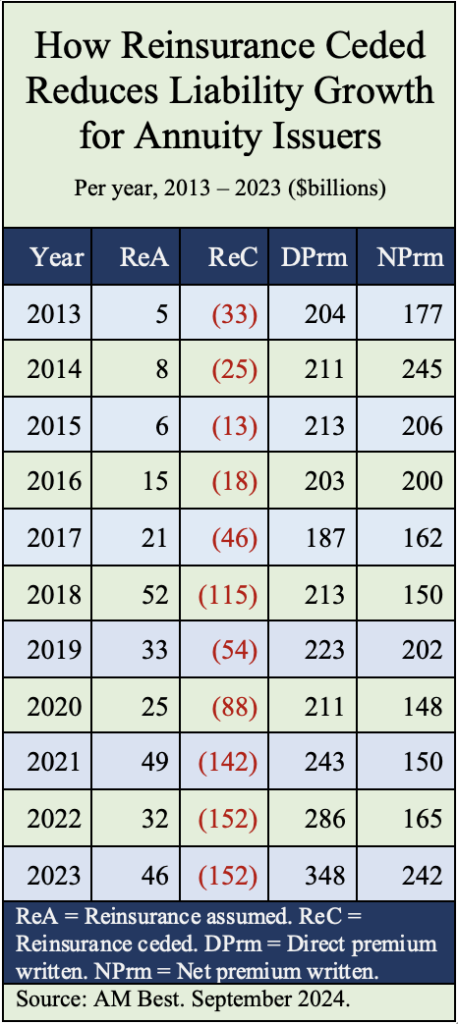
Like a tropical storm, inflation is whirling toward our shores—and wallets. But will we suffer a full-blown price hurricane, a transitory bout of excess liquidity, or just hot air from forecasters? No one is sure.
That leaves investors and their financial advisers scrambling to batten down their savings and purchasing power. People want to know: What’s the asset-allocation equivalent of plywood-ing your windows and sandbagging your doors?
A recent article in The Journal of Investing, “Protecting Portfolios Against Inflation,” provides a compilation of anti-inflation pills that might chill your anxious clients. The authors don’t offer silver bullets; instead, they’ve culled a lot of sensible advice from “the literature.”
“We do not present original research,” write Eugene Podkaminer and Wylie Tollette (both of Franklin Templeton), and Laurence Siegel (of the CFA Institute), “but we believe that our style of compiling, curating, and explaining established concepts will be helpful to most readers.”
Noting that only one major inflation tornado (in the 1970s) has ever ripped across America, they review US financial history and weigh in on the pros and cons of holding stocks, bonds, commodities, real estate, international assets, and Treasury Inflation-Protected Securities (TIPS) during (and after) an inflation shock.

Larry Siegel
Instead of looking at inflation as a storm, they compare it to a Japanese martial arts expert.
“Inflation is like a ninja,” they write, in a style that bears the imaginative stamp of Siegel’s books and essays. “Although inflation has not seemed like a threat to portfolio values for a very long time, the winds have shifted and investors are, and should be, more vigilant. Beware the ninja.”
Assets and inflation
Here’s their summary, verbatim:
Bonds. The conventional wisdom that bonds are a poor (or negative) hedge against inflation shocks is correct, for mechanical reasons: an increase in interest rates caused by an increase in inflation expectations causes bond prices to fall.
However, if the inflation shock is one-time, and a new, higher but stable inflation rate is established, the new, higher yield of the bond compensates for the higher inflation rate and the real return of the bond going forward is similar to what it was before. The shock is reflected in a one-time loss of value.
TIPS. Inflation-indexed bonds, such as Treasury Inflation-Protected Securities (TIPS), hedge against inflation shocks. Their chief drawback is their low—at this time, negative—real yields. However, if inflation becomes very severe, TIPS will offer protection that cannot easily be obtained in any other way.
Equities. The relationship between inflation shocks and equity returns is complex. Conceptually, equities as a class are real assets (claims on factories, trucks, patents, labor contracts, and so forth) and are intrinsically inflation-protected.
Empirical evidence from the one major upward inflation shock in the US in the past, however, shows the opposite relationship: inflation hurts stocks, at least in the short and intermediate runs. Stocks are thus a plausible inflation hedge only for the longest-term investors, those who can wait for a disinflationary period (if it occurs) after inflation rates have peaked; at that later date, stocks should perform very well.
Different stocks react differently to inflation shocks. A company that easily can pass cost increases on to its customers is much better protected against inflation shocks than a company that cannot. Thus, careful active management may benefit investors who foresee an inflation shock.
For a US investor, non-US stocks are a potential hedge against a US inflation shock, partly because of the foreign currency exposure.
Alternative assets. Real estate is a traditionally good hedge against inflation. In particular, residential real estate values tend to rise with incomes. The relationship is not perfect, as we saw with the housing bust in 2007–2009, which took place under conditions of mostly stable and positive inflation.
Commodities are another traditional inflation hedge and are negatively correlated to growth assets (equities) but are extremely volatile.
A bright, post-Boomer future?
Looking to the future, the paper’s authors see a major macroeconomic bind ahead for US policymakers. On the one hand, the US government wants interest rates to stay low so that it can finance the national debt and deficit spending relatively cheaply. On the other hand, they say, inflation is inevitable if the government doesn’t run budget surpluses and use the excess to reduce its debt.
A combination of enforced low interest rates and high inflation would mean negative real returns on government debt; they don’t think investors would agree to finance the government on that basis. So we can’t borrow our way out of the bind, we can only grow our way out of it by increasing productivity.
“There is a way to solve the debt problem. This does not mean it will be solved. Increases in government spending beyond the growth rate of productivity seem to be baked into the cake for quite a while. Mostly, the increases consist of entitlement spending for aging baby boomers, who are scheduled to receive large Social Security and Medicare benefits,” they write.
“Eventually, they’ll die and the country will be younger and fiscally healthier, but that is in the far future, beyond the maturity date of all but the longest-term Treasury bonds and beyond the time horizon of most investors.”
Relief might not be so far off. According to the US Baby Boomer Generation Population Death Clock, more than 28% of the original 85 million baby boomers (born 1946 to 1964) have already died. By 2034, when the Social Security trust fund is expected to run dry, more than half of boomers are likely to be dead—and no longer a burden.
© 2021 RIJ Publishing LLC.


